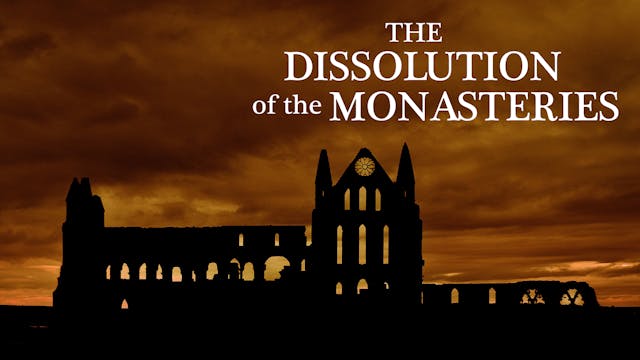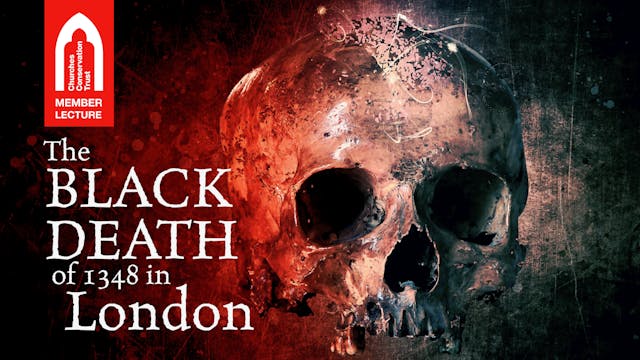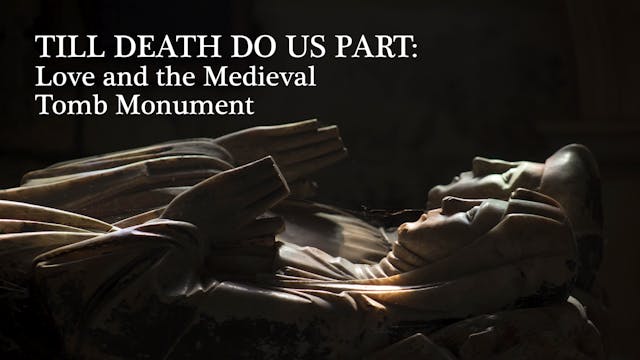Staying In Style: Architectural Fashion in Medieval Parish Churches
The Middle Ages
•
1h 0m
Old parish churches are wonderful ways of experiencing the ways in which architectural tastes changed over many centuries. As well as being rewarding in their own right, these ever-shifting styles can be used to help put a date on the parts of a building as it develops. They also help make it a ‘time machine’ to medieval culture and medieval ideas. This lecture will outline the main identifying features of the succeeding styles- known as Anglo-Saxon, Norman or Romanesque, early Gothic or Transitional, Early English, Decorated and Perpendicular; it will also aim to give a picture of how these styles unfolded ‘in the present’, and how they might evoke the attitudes of the past.
Jon Cannon is a writer and architectural historian. His book on medieval style, ‘Medieval Church Architecture’, is available from Shire books. He also presented BBCTV’s ‘How to Build a Cathedral’ and wrote ‘Cathedral: the great English cathedrals and the world that made them’, ‘The Secret Language of Sacred Spaces: Decoding temples, mosques, churches churches and other places of worship’, and other titles. He is a Fellow of the Society of Antiquaries, Cathedral Historian at Bristol cathedral, and in demand as a lecturer and tour leader. His ‘Stones of Britain: Geology and history in the British landscape’ is out next Autumn.
Up Next in The Middle Ages
-
The Dissolution of the Monasteries
The Dissolution of the Monasteries is often characterised as a simple story of greed and appropriation enacted by Thomas Cromwell on behalf Henry VIII, which saw the religious evicted and all England's great abbeys and priories destroyed in less than a decade. Whilst clearly a devastating experie...
-
The Black Death of 1348 in London
In late 1348, the Black Death entered London. Over the next 9 months, it ravaged the populace killing thousands. This paper provides a detailed look at its arrival, spread and eventual disappearance, and looks at some of the archaeological and architectural evidence for its passage, its final dea...
-
Till Death Us Do Part: Love and the M...
Medieval tombs often depict husband and wife lying side-by-side and hand-in-hand, their love immortalised in elegantly carved stone: what Philip Larkin's poem An Arundel Tomb later described as their "stone fidelity". But there is more to these declarations of post-mortem love than meets the eye....



